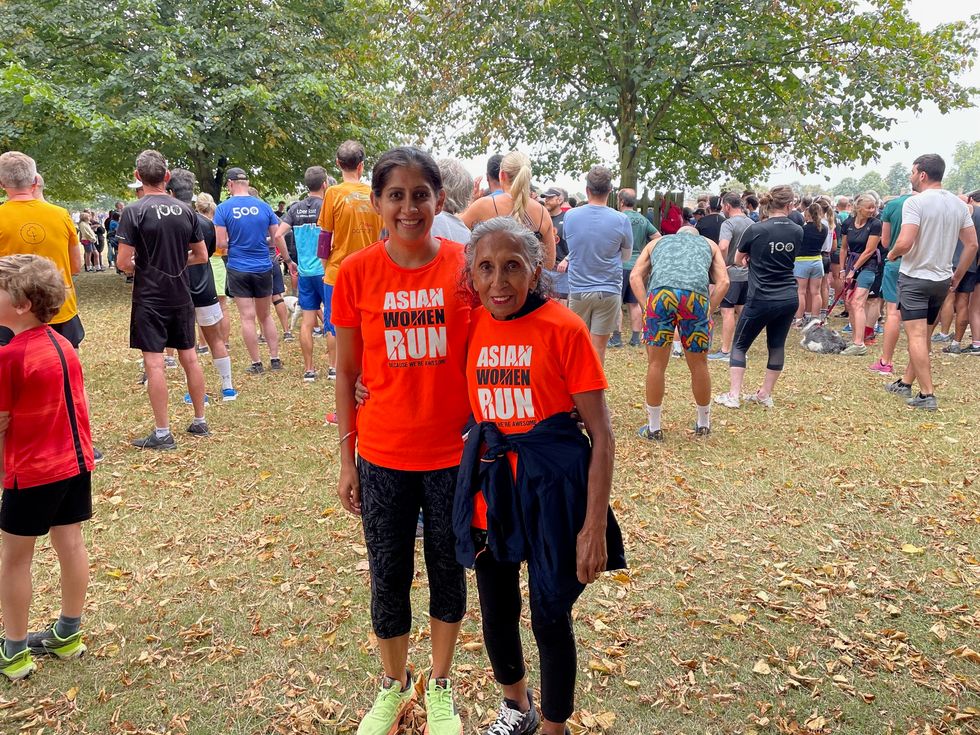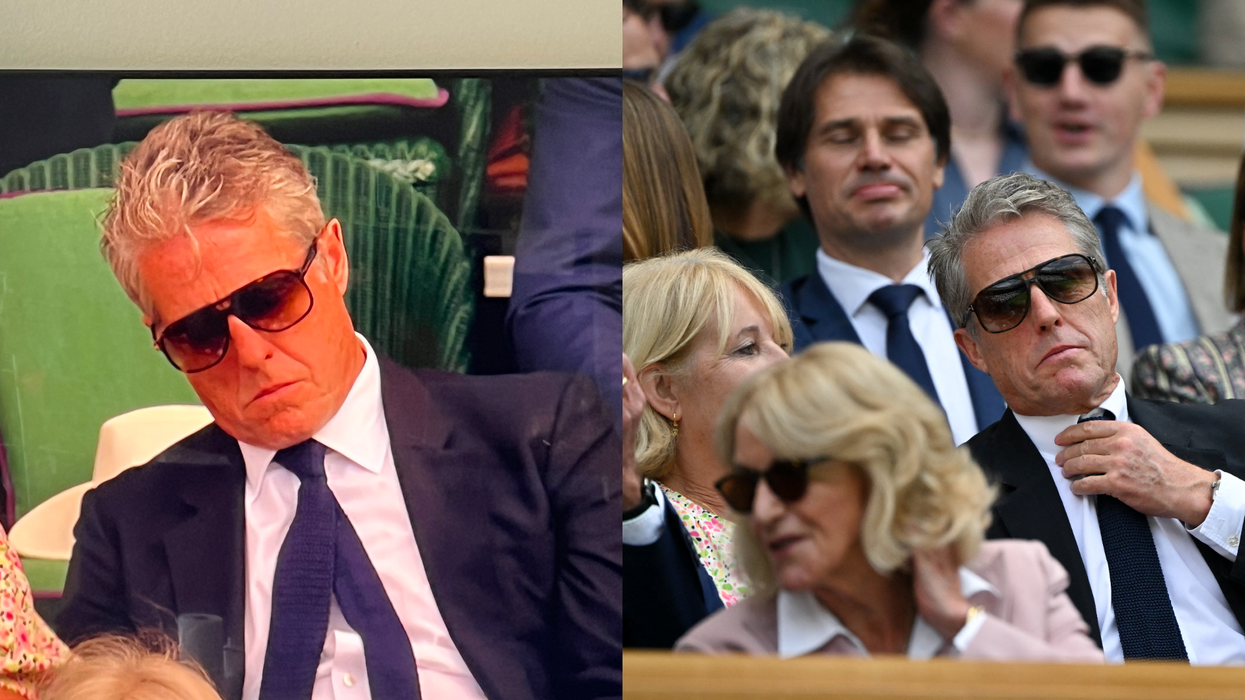CREATING AN AURA OR UNIVERSAL CHANT CAN COMPLETE PROCESS
EVERYWHERE in the world, people talk about dying peacefully; they want to recede gently. One simple thing that can be done is to have a lamp – preferably with ghee but you can also use butter – burning constantly, 24 hours of the day next to that person.
This creates a certain aura so that the choppy nature of withdrawal can be regulated to some extent. Another thing you can do, if the person is willing, is you can set up some kind of a universal chant on a CD at a very mild volume. A consecrated sound like this in the background will also make sure that the choppy withdrawal can be avoided.
These arrangements should continue up to 14 days after one has been certified dead, because he may be medically dead but not existentially dead; he is not completely dead. Death happens slowly. You may already know that after a person dies, the hair and finger nails continue to grow for up to at least 11 days.
This is because death is happening slowly; it is not complete yet. The withdrawal of the life process from this body happens step-by-step. For all practical purposes, the lungs, heart and brain activity has stopped, so medically they are declared dead, but it is not yet so. Even if the person’s body is burnt, he is still not dead as his movement into the other realm has not started.
It is based on this that up to 14 days after somebody dies there are various kinds of rituals in India, the knowledge and power behind which have unfortunately been mostly lost and very few people truly understand the significance of what it is.
The first thing that is done is anything that has been intimately in touch with their body, such as underclothes, is burnt. Other clothes, jewellry and such things are distributed within the first three days, as quickly as possible – not just to one person – but among many people. If you were to give a bundle of their belongings to someone, they would go there because they are still attached to the energy of their own body which exists in the clothes.
These things were done not only to settle the dead but also to settle the family and relatives – so that they understand that the business is done, it is over. It doesn’t matter how involved and attached you were to somebody, when it is done, it is done – the game is up.
Another thing that can be done is, depending upon who the dying person is, if you know what their essential quality is, if you apply vibhuthi on just that one chakra, you will facilitate that he focuses around that. As life is withdrawing from the physical system, let us say somebody was a very loving person, vibhuthi mixed with a little water and made pasty so that it sticks, can be applied on his anahatha. Now his energies tend to gather there. If it all gathers there, there is a possibility that he will leave through that chakra which is very good for him.
Generally, everywhere in the world irrespective of which culture, it is said, “even if it is your enemy who is dying right now, you must create a slightly peaceful atmosphere for him, you don’t do ugly things.” This awareness is there in every culture, isn’t it? Maybe you shot him, but you take off your hat when he is leaving or you say, “Ram Ram,” or whatever you know.
When somebody is dying, at that moment the whistle has already been blown and the game is over. There is no point kicking now. Whether people are exercising it or not, that much awareness is there everywhere in the world.
That is the reason why, when you see that even the dead are not treated with respect, something within you shakes. Not because you have to treat a body with respect but because he is exiting slowly – it doesn’t matter how he lived – at least that must happen well.
Every human being must have that much intention. If even that is missing, then you do not even qualify to be a brute. Even a brute, once something is dead, if it has to eat, it will eat, but otherwise it will leave the body and go, isn’t it? But if such intentions come up in human beings because of their anger and hatred, it is the lowest level of mind.
- Ranked amongst the fifty most influential people in India, Sadhguru is a yogi, mystic, visionary and best-selling author. Sadhguru has been conferred the Padma Vibhushan by the government of India in 2017, one of the highest annual civilian awards, accorded for exceptional and distinguished service.
















 Charithra Chandran styled her hair in soft curls for the Ralph Lauren outfitInstagram/
Charithra Chandran styled her hair in soft curls for the Ralph Lauren outfitInstagram/ Charithra’s look was inspired by her character Edwina Sharma from BridgertonInstagram/
Charithra’s look was inspired by her character Edwina Sharma from BridgertonInstagram/

